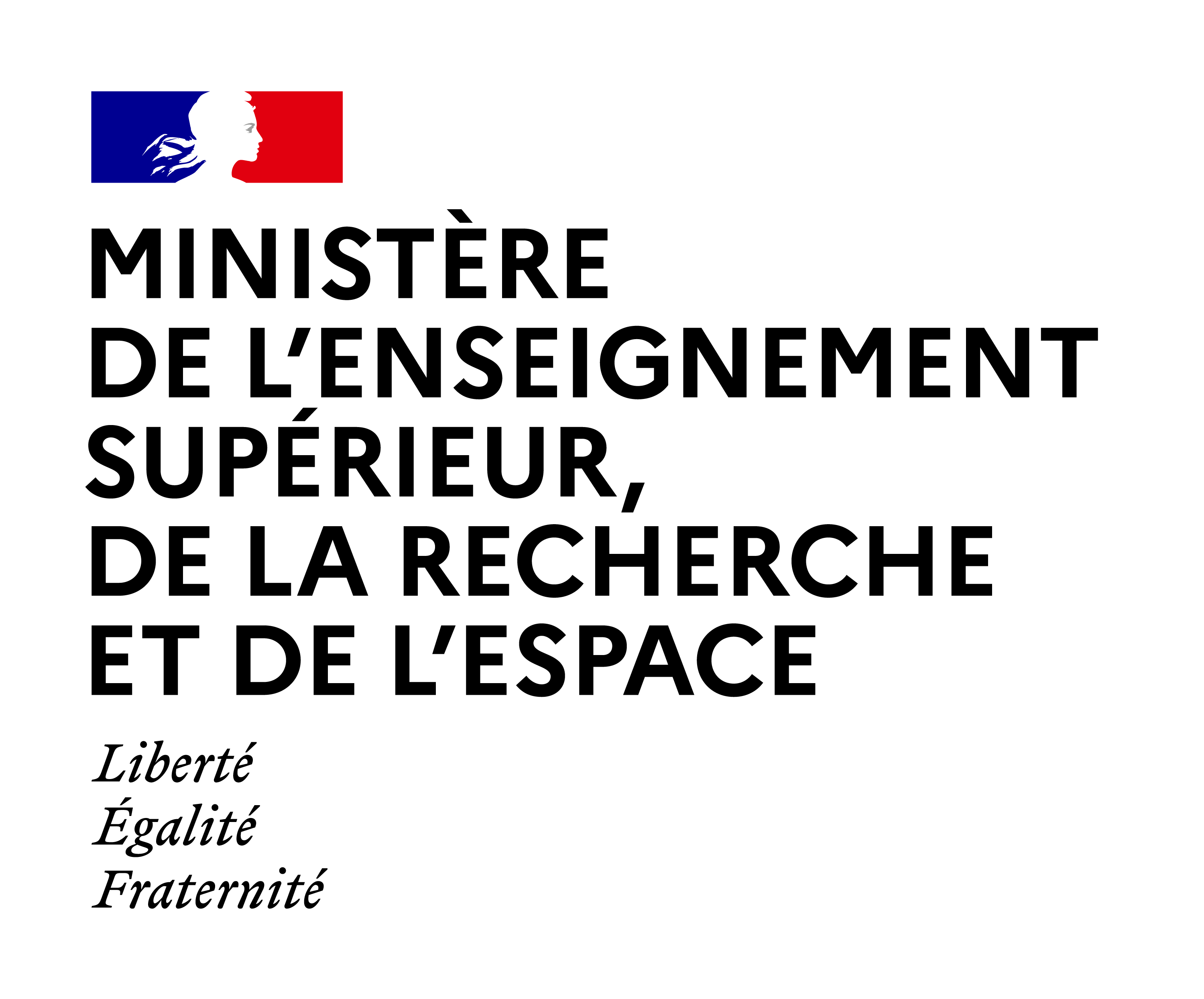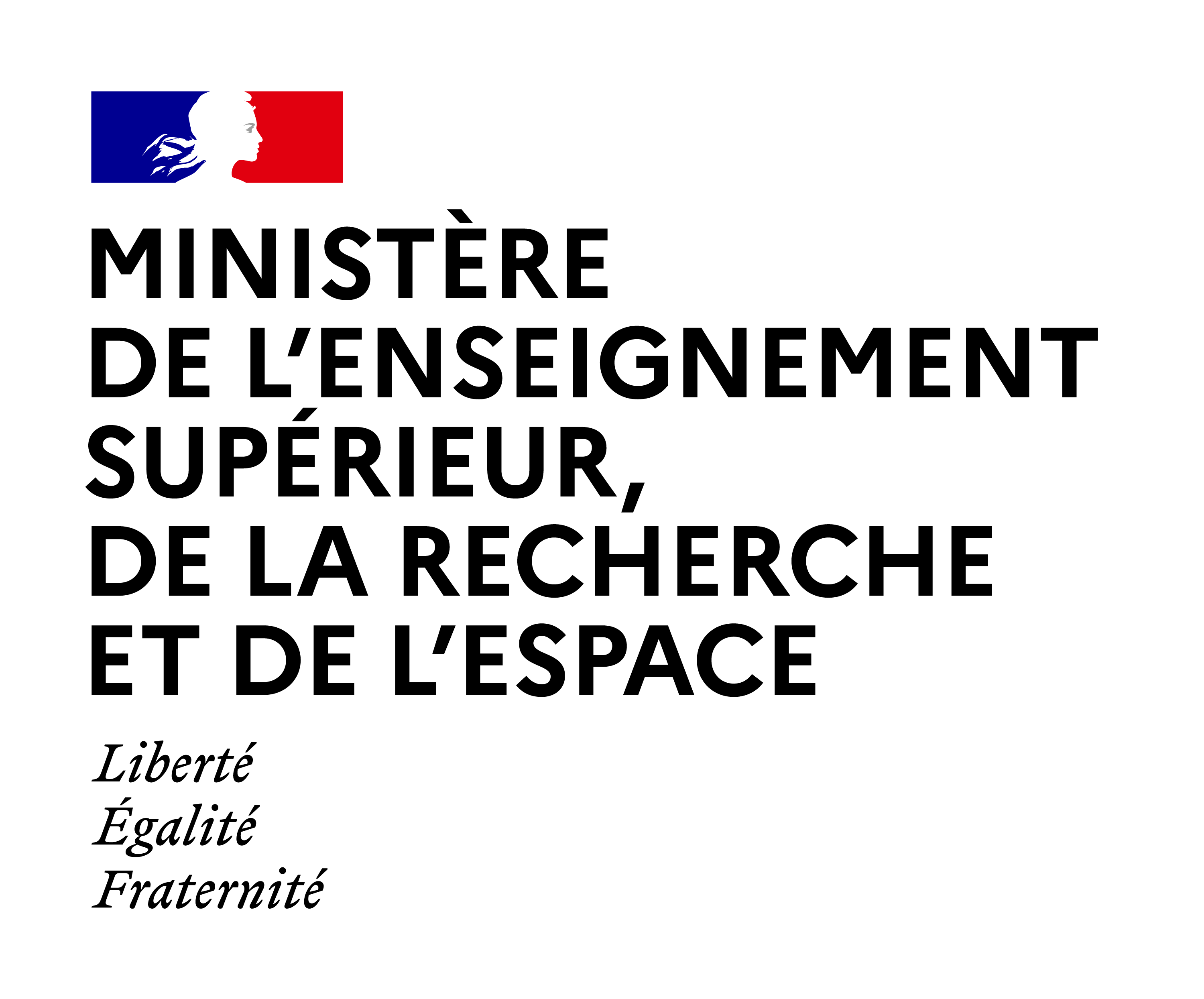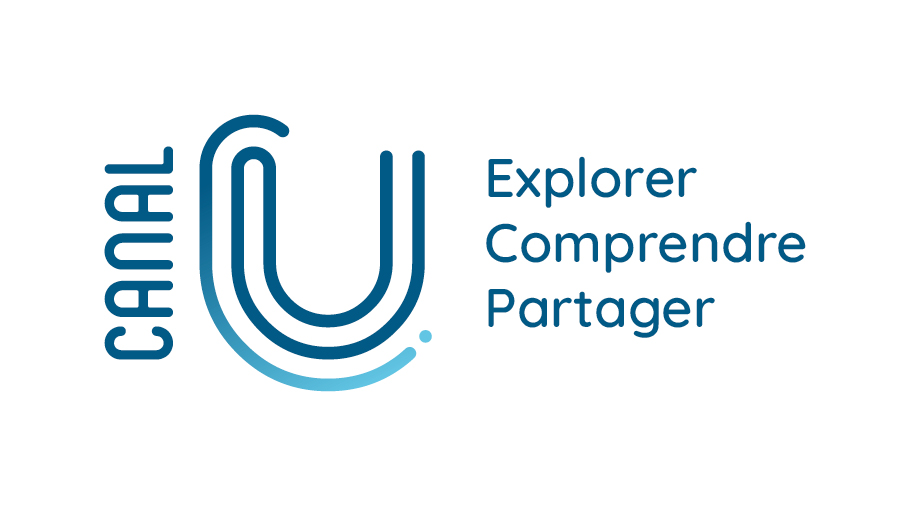
Sommaire
Can French-English bilinguals process verb-particle constructions in a native-like manner? A self-paced reading study / Alexandre Herbay
Date de création :
20.06.2017Auteur(s) :
Alexandre HERBAYPrésentation
Informations pratiques
Droits réservés à l'éditeur et aux auteurs. Tous droits réservés aux auteurs et à l'Université Toulouse Jean Jaurès.
Description de la ressource
Résumé
Can French-English bilinguals process verb-particle constructions in a native-like manner? A self-paced reading study / Alexandre Herbay, in colloque "Bilingualism vs. monolingualism: a new perspective on limitations to L2 acquisition" organisé par la laboratoire Octogone-Lordat (Université Toulouse 2) sous la responsabilité de Barbara Köpke (UT2J), Holger Hopp (Technische Universität Braunschweig), Tanja Kupisch (Universität Konstanz), Université Toulouse Jean Jaurès, 19-20 juin 2017. A central question in bilingualism is whether bilinguals are able to process their second language (L2) similarly to native speakers. Here, we focus on verb-particle constructions (VPC) that are among the most difficult elements to acquire in L2 English. The verb and the particle form a unit, which often has a non-compositional meaning (e.g. look up or chew out). Moreover, the particle can be shifted after the direct object of the verb (e.g. The professor will look the student’s last name up.). Bilinguals can develop good implicit knowledge of the semantic properties of verb-particle constructions, as demonstrated in a masked priming task (Blais & Gonnerman, 2013). On the other hand, their explicit knowledge (assessed via similarity judgments) is often not as good as that of native speakers (Blais & Gonnerman, 2013). Of particular interest is the semantic and syntactic processing of these verb constructions in a sentence context. Therefore, we sought to determine whether or not bilingual reading time (RT) patterns would be similar to those observed for native monolinguals (Gonnerman & Hayes, 2005). Thirty early French-English bilinguals were recruited. Their English language proficiency and their explicit VPC semantic knowledge were assessed. During a self-paced reading task, participants read 78 sentences with verb-particle constructions that followed the design used in Gonnerman & Hayes (2005) and that varied according to parameters that influence native speakers reading dynamics: verb-particle transparency (low, medium, or long), particle adjacency (shifted or adjacent), and length of the object noun phrase (NP; 2, 3, or 5 words). RTs have been analyzed for NPs and particles. Overall, bilinguals’ RTs clearly reflected the particle position, with higher RTs for sentences with shifted particles. A transparency effect was observed on the NP, with higher RTs for less transparent VPCs than for more transparent ones, while no such effect was found for particles. NPs and particles were read faster in sentences with short NPs than in other ones. The reading time effects and their interactions were modulated strongly by participants’ English proficiency, with higher proficiency associated with shorter RTs. Examining participants’ explicit semantic knowledge of VPCs, readers with more native-like knowledge of VPCs presented RT patterns that looked more similar to those of monolinguals. Our behavioral results are in line with bilingual processing of L2 that qualitatively approaches native-like online processing of structures that are absent in the L1, even if some quantitative differences remain.
"Domaine(s)" et indice(s) Dewey
- Bilinguisme (404.2)
Domaine(s)
- Langues
Intervenants, édition et diffusion
Intervenants
Édition
- Université Toulouse-Jean Jaurès-campus Mirail
Diffusion
Document(s) annexe(s)
- Cette ressource fait partie de
Fiche technique
- LOMv1.0
- LOMFRv1.0
- Voir la fiche XML




